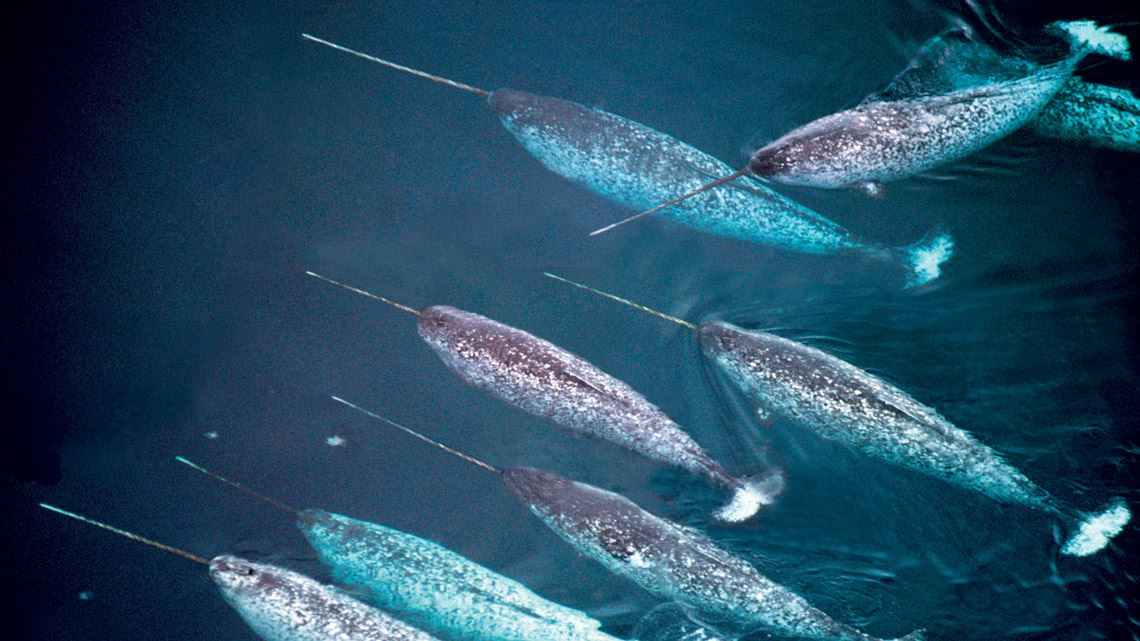The narwhal (Monodon monoceros), a whale species that can grow up to 4 meters (m) long and lives in the waters of the Arctic and Greenland, is known for its long helical tusk, which can reach 3 m in length. The tusk, which is unique to males of the species, is actually an elongated upper left canine tooth and is highly innervated and hollow. Biologists from Arizona State University in the USA, the Greenland Institute of Natural Resources, and the Federal University of São Paulo (UNIFESP) measured the tusks of 245 males collected in Greenland from 1983 to 2018 and concluded that the organ may play a role in sexual selection. “Narwhals display their tusk to other males, possibly to avoid aggressive confrontations,” says UNIFESP’s Alexandre Palaoro, one of the authors of the study. It is also possible that females choose to mate with males with larger tusks (Biology Letters, March 18). Broken tusks, scars on the head, and cracked skulls have previously indicated that the organs may be used in territorial disputes between males.
RepublishZoology
The bigger the tusk, the better

Alamy Stock Photo / FotoArena